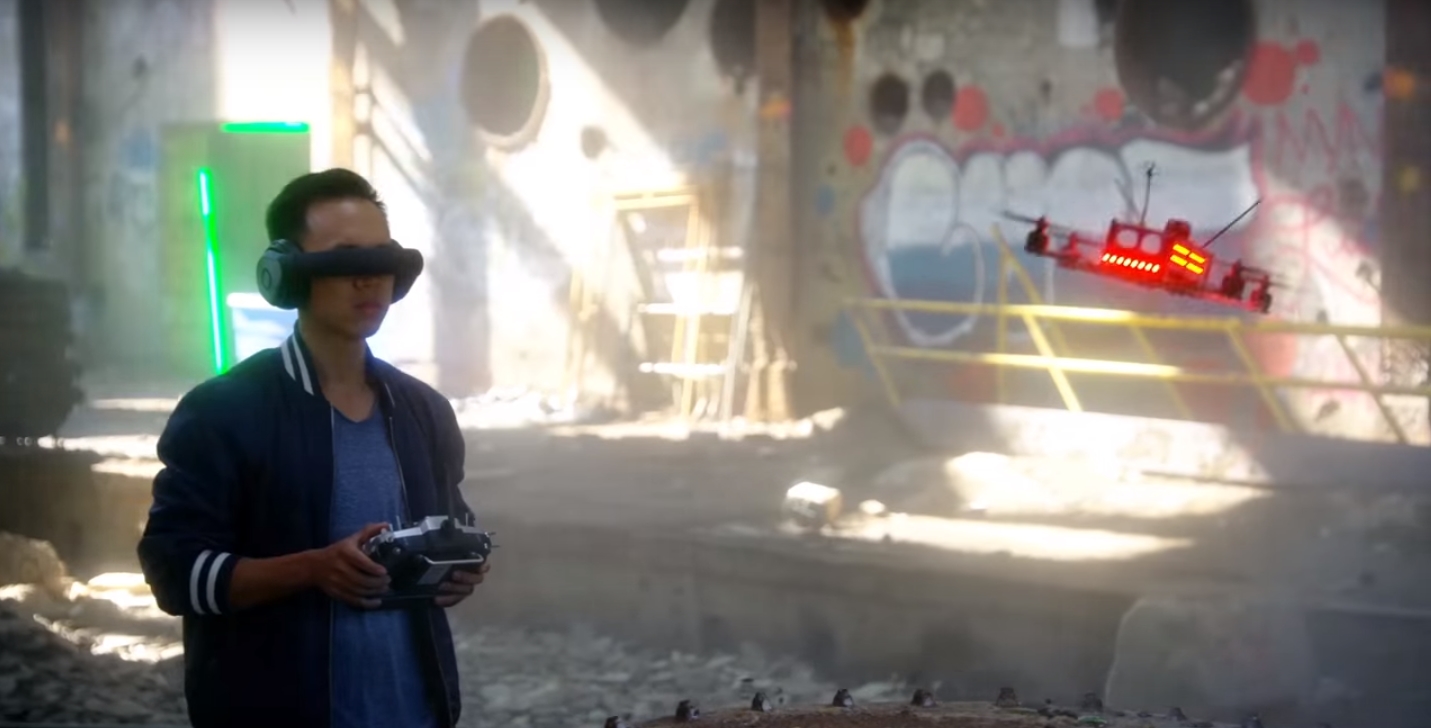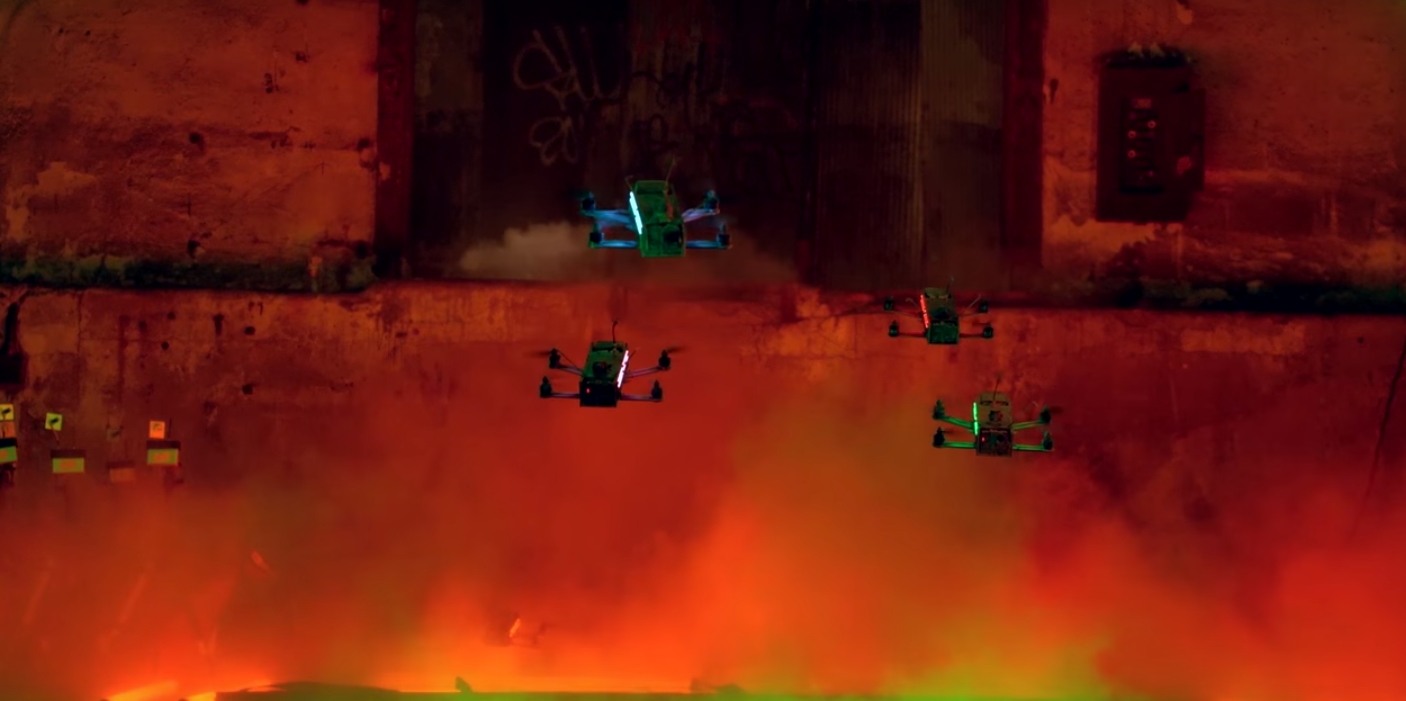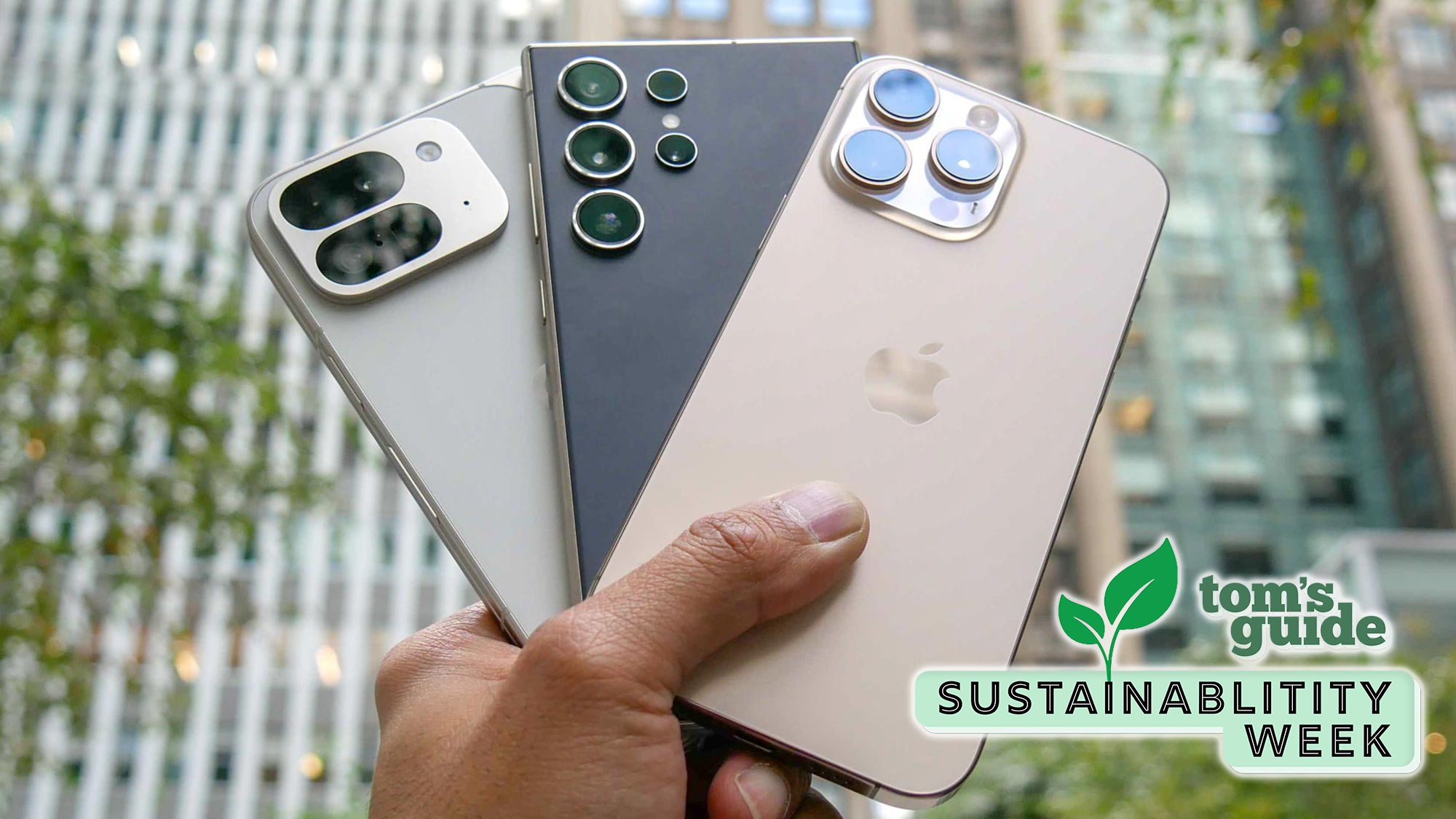Drone Racing FAQ: Everything You Need to Know
Drone racing is soaring in popularity. Here's what you need to know before you get started — or if you just want to watch.
No longer exclusive to a niche audience, drone racing has taken off. In this thrilling new sport, pilots send high-powered drones careening around obstacle courses, guiding their quadcopters through hoops, around corners and other obstacles as they compete for the fastest times in a race that tests their skills to the limit. It’s like a dog agility competition, except the competitors are high-powered quadcopters.

What Is Drone Racing?
In this new sport, several competitors fly high-powered drones around an obstacle course, competing for the fastest lap times. Every drone is equipped with a camera that feeds video back to the FPV (First Person View) goggles that the pilots wear, so they see what the drone sees. The audience can also see this feed, so they can watch from the grandstands, or see exactly the same thing that the competitors see.
Rules vary from one race to another. Some are about getting the fastest lap time (usually called time trials), while others are about completing the maximum number of laps in a course within a limited time; the latter is often called Rotocross.
The racing drones are small and light (so they don’t have to be registered with the FAA), so races are usually short. In some races, the quadcopters can make a pit stop to change batteries. That's likely essential, since most lightweight drones don't last more than 10 minutes at a time in the air.
MORE: Best Drones for Every Budget
Who Runs This Sport?
Local races are run by small regional groups of amateur drone fliers who get together to compete. You can find these groups on such sites as Meetup or the US Drone Racing Association. Some towns have regular drone races, such as the Xtreme Drone Circuit in Las Vegas. National groups, such as MultiGP, also have local chapters across the country that organize races occasionally. The Reddit multicopter group site is also a good place to find fellow racers.
A few professional drone-racing leagues are also emerging. Groups such as the Drone Racing League and the World Drone Prix are setting up leagues that will meet and race drones across the country and the world, complete with rankings, sponsors and big cash prizes. The International Drone Racing Association (IDRA) even signed a multi-year deal with ESPN, which will start broadcasting its races. IDRA is the organizer of the U.S. National Drone Racing Championships, the World Drone Racing Championships and the Drone World Cup series.
Some races take place on outdoor courses, while others are inside, using the limitations of a location to create the course.
The rules for these races vary with the organization. The World Drone Prix, for instance, builds racing tracks that include a shortcut lane, where the racer can skip part of the track if that person can execute a difficult maneuver, and a joker lane — a difficult obstacle that each racer must go through at least once in each race.
The World Drone Prix recently ran its first competition in Dubai, where 15-year-old U.K. resident Luke Bannister won the main prize: a quarter of a million dollars. He was racing for a U.K. team called Tornado XBlades Racing. He is likely to be the first among many stars to emerge in this sport.
What Type of Drones Are Used in Racing?
Racing drones are quite different from such standard drones as the DJI Phantom 4 or the 3DR Solo. These racing drones are small (usually less than 10 inches across) and are equipped with very powerful motors that allow them to move, turn and bank at very high speeds: up to 80 mph. They are made from such lightweight materials as carbon fiber, which is light, but still strong enough to stand the stresses of a high-speed race.
Each league has its own rules about the kinds of drones that can be used. Some encourage pilots to build their own. Others supply a specific drone to each team. The build-your-own set can upgrade motors, blades, bodies, cameras and more.
Small but powerful drones are much more maneuverable than the average ready-to-fly model; the latter are built for steady, level flight, instead. Look at some of the nausea-inducing midair maneuvers listed on the trick wiki of the Drone Racing League and you’ll see how quickly the racing drone models can spin and twist around.
That’s not to say that they don’t crash: The pilots push them to the edge during a race, getting as close as possible to each other and the obstacles. So, crashes are frequent and spectacular.
MORE: Best Drones
How Do I Try It?
If you just want to try drone racing, you'll need to pick up a simple and cheap drone. The $120 Hubsan X4 would be a good starting point. This includes a camera that feeds video back to the controller, which shows it on a small screen. It also has easily replaceable parts: a definite bonus, as learning to race involves a lot of crashing.
For the full first-person-view (FPV) experience, you can use the external video port to connect to an FPV headset like the $199 Fat SharkTeleporter.

If you are serious about racing, you should look at a fully fledged racing drone such as the Storm Racing Drone series from Helipal, and a set of FPV goggles that receive the video signal directly from the drone, such as the Fat Shark Dominator.
Once you have gotten familiar with the fun of flying with an FPV headset, you are ready to race. Most amateur races have few restrictions. Because they are usually undertaken just for fun, you can turn up with whatever drone you want and compete. Don’t expect to win if you have a DJI Phantom 3 straight out of the box, though: There are lots of serious competitors who spend lots of money on buying and tweaking their drones.
Professional racers use specially designed drones. Like the vehicles used in professional car races such as NASCAR, these drones are built using a standard list of components to make a level playing field, so no team has the advantage of better technology. The Drone Racing League maintains a fleet of the DRL Racer 2, a standard racing drone that it provides to competitors at each race.
That carbon-fiber drone measures 255 millimeters. It includes an integrated HD camera mount. Superbright LEDs surround the drone for visibility and pilot identification.
Do you plan to enter the world of drone racing? If so, share with the community your experience. What tips would you offer other pilots?
Sign up to get the BEST of Tom's Guide direct to your inbox.
Get instant access to breaking news, the hottest reviews, great deals and helpful tips.
Richard Baguley has been working as a technology writer and journalist since 1993. As well as contributing to Tom's Guide, he writes for Cnet, T3, Wired and many other publications.
